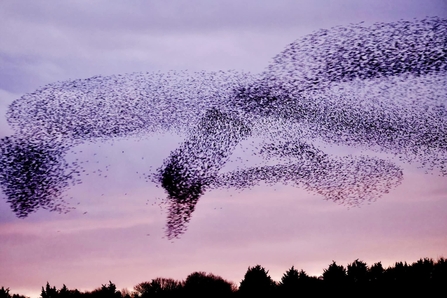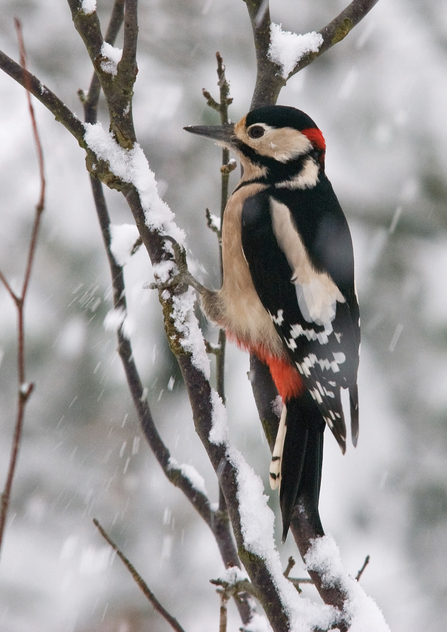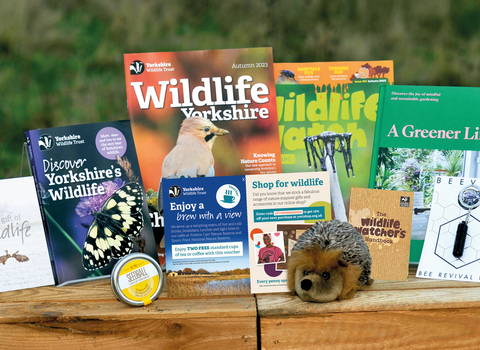There is something beautiful about the muted tones of a new year’s landscape. Winter highlights the sculptural beauty of our surroundings, grass and tree branches tinted with glittering frost and lit in the low sun by a pale blue or pink sky.
Wildlife can be easier to spot in the crispness of winter too. Although you might think winter is the time of hibernation and sleep, much of our wildlife is as bustlingly busy as before.
Perhaps you’ve resolved to enjoy more of Yorkshire’s unique wildlife this January, or maybe you’re aching for a winter walk with a difference. Dress warmly, grab a flask and a torch, bring your family and friends – and enjoy Yorkshire Wildlife Trust’s list of wild spectacles.



